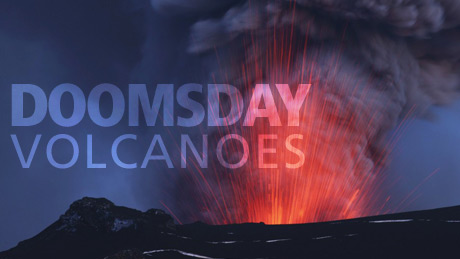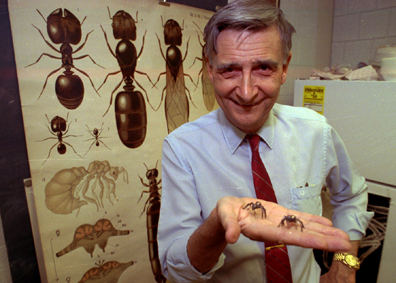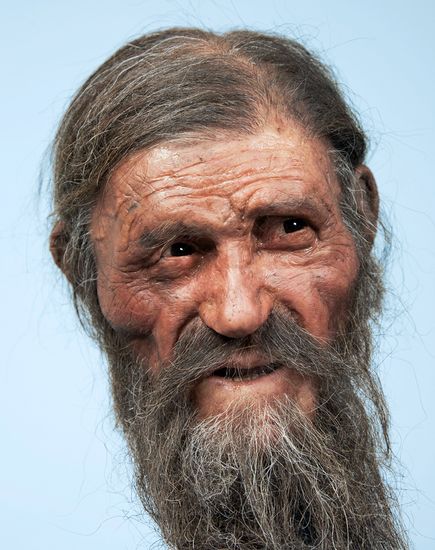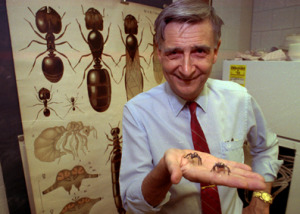Page 51 of 75

After the eruption of Eyjafjallajökull in 2010, many economic losses ensued. Did insurance agencies and risk monitors account for this natural event? I am sure they did; or, at least they expected a small probability for an event of this scale. But what if a volcanic eruption thirty times larger and more violent occurs? This is exactly what will happen at Katla. As NOVA’s Doomsday Volcanoes explains, it is not if… but when will it erupt. Is the world ready? Katla has erupted twenty times since 930 AD; currently, Katla has not erupted for 95 years, the longest sterile period since 930 AD.

The life and work of Edward O. Wilson, neatly summarized in NOVA’s Lord of the Ants, could fill bookshelves. Wilson has an extraordinary mind which he uses to explore the natural world and synthesize patterns. I would encourage everyone to watch this NOVA episode on Wilson. Watch it here on YouTube.

NOVA does a great job in Iceman Murder Mystery, a documentary on Otzi. Preserved in ice for 5,300 years, his body survived the test of time and provides an enormous amount of information about ancient man. I find it amazing that humans have been burying their dead for thousands of years in preparation for a future life. But Otzi achieved the greatest rebirth of any mummy. In ways he could have never dreamed of, he has been brought back to life. Watching this show on Otzi makes me want to write a novel about the events which lead up to his death. This could provide the basis for a fascinating story full of clan rivalry, intrigue, revenge, backstabbing, and murder.
Also watch it on YouTube here.
This website, here, contains 125 YouTube videos on astronomy, physics, biology, chemistry, geology, psychology, and math.
In Investigations, Stuart Kauffman writes about the adjacent possible. While reading this section I couldn’t help but wonder whether the idea of pollution needed revision. For example, imagine 700 million years into the future and the organisms which may exist. At this time the adjacent possible will have explored one long path in the space of possible paths. I think it would be extremely likely for there to be life forms which incorporate materials which humans have deemed “pollution.” Fish or insects may roam the planet with polyethylene skin or shells. Or imagine a creature with a defense mechanism made of concrete or steel, much like an ankylosaurus — but with a concrete ball at the end of its tail, instead of a calcium bone. I can envision such possibilities but could they actually occur? As long as materials like concrete, polyethylene, or steel ended up in the food supply, I think this is a potential outcome of evolution.
Thus, are the materials we consider pollution a bad thing for the environment? Because in the future they could be a valuable resource for an organism. Certainly these materials may be toxic to modern life-forms, but what about evolution. Polyethylene never existed in the universe before and neither did concrete, steel and many other materials created by man.
Maybe the young parts of the universe, like the outer arms of spiral galaxies, look at the old galactic center and think “wow! look at all the pollution in the center of the galaxy. There is so much carbon, copper, iron, and oxygen which react with our precious hydrogen.” In other words, pollution is only relative.





